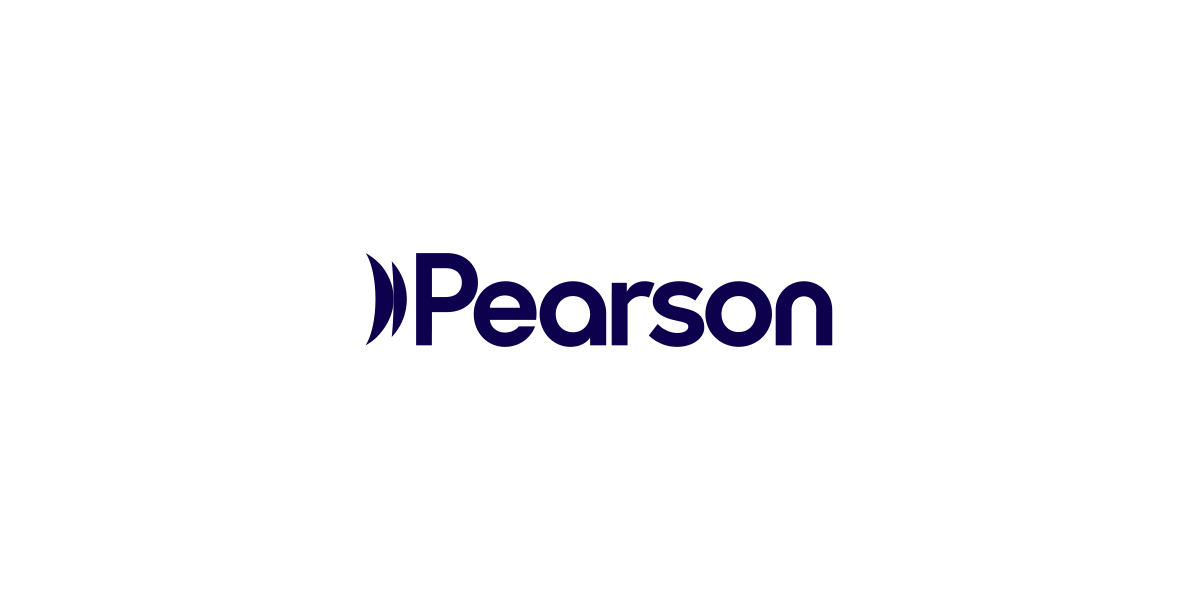Evaluates functional motor skills in activities living
Goal-Oriented Assessment of Lifeskills
GOAL
Evaluates functional motor skills in activities livingChoose from our formats
Kits
Starter & complete kits, print & digital
1 option
Test forms & reports
Booklets, record forms, answer sheets, report usages & subscriptions
1 option
All products
All tests and materials offered for GOAL
2 options